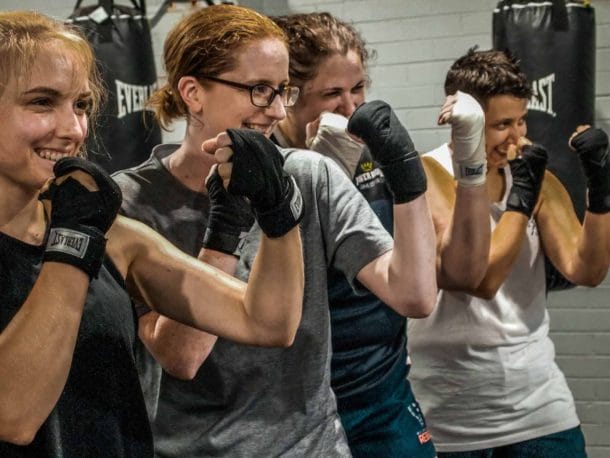Error 404 – Not Found
Please check the URL for proper spelling and capitalization.
If you’re having trouble locating a destination, try visiting the:
Please check the URL for proper spelling and capitalization.
If you’re having trouble locating a destination, try visiting the:
Enter your details below to recieve the free eBook 'Complete Body Transformation'. Covered in the eBook is:
- Training principals for maximum results
- Nutrition guides to simplify your diet
- Rules for a winning mindset
Enter your details below & recieve the free eBook 'Gaining Muscle'. Covered in the eBook is:
- Advice from the experts
- Training principals for maximum results
- Nutrition guides to simplify your diet
Enter your details below to recieve the free eBook 'Getting Lean'. Covered in the eBook is:
- Advice from the experts
- Training principals for maximum results
- Nutrition guides to simplify your diet

Fill in your details below and one of our friendly staff will be in touch shortly.
Interested in becoming a member? Come in and see what it's like at Dukes! One of our friendly staff will show you how we can best help you achieve your goals in the gym and give you a tailored tour of the facilities.